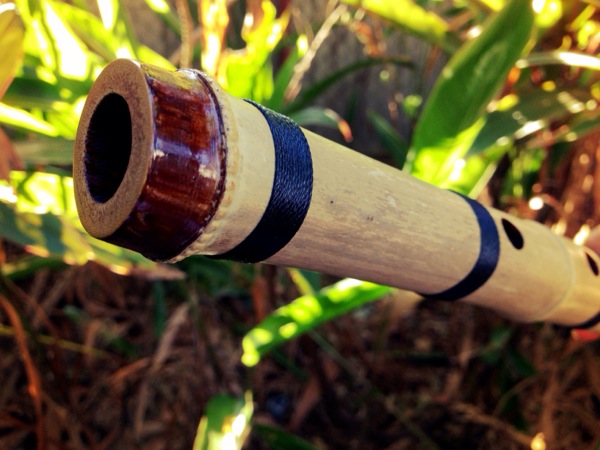Well... Last post I mentioned about the app that I wrote in under 2 weeks and submitted to the app store. It turns out that once you get the ball rolling, it is mighty hard to stop. Which basically means that in December 2014, I ended up writing not ONE, but TWO apps and submitted to the app stores.
After I had finished development on BlissBank, I was on a high. Intellectually and energy wise, I felt like I was crackling and needed to keep those creative juices flowing. So even as I finished hitting the submit buttons on the app store, I was starting to create the framework for another app - MusicKata.
MusicKata is closer to my own heart, as it combines my passion for music and programming. I have always struggled with practicing the songs I want to learn on guitar, especially complex fingerstyle or classical pieces. Once someone said to me - "Wow, you must have spent HOURS practising that piece!". To tell the truth, I hadn't a clue how many hours I had spent on it. I guessed maybe 20 or 30 hours, but I thought it would have been good to know an accurate figure.
That is why I wrote MusicKata. 'Kata' is the Japanese word for a form or a practice routine, and I thought it would be apt for this app which helps you to track your practice time over many pieces, as well as help you with that practice via providing a steady metronome for scale exercises etc.
The other thing that I thought I would like to know is an exact measure of how much I have improved over those practice sessions. I thought that it would be nice if I could go back in time to hear just how bad I was at certain sections back in the early days - if only to reassure myself that I *was* getting ahead now.
So, MusicKata has the ability to record short snippets and store them against the piece, so that you can review them later.
Hopefully this app will be ready on the app stores in January 2015. I feel elated to have accomplished so much, yet a little mentally fatigued after an intense month of programming. I am not sure if there will be a third app issuing forth in the near future.




























